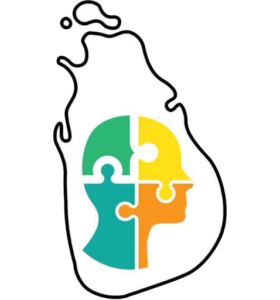Fact sheets
Language
Coming Soon...
Fact sheets
Language
Stuttering
Stuttering — also called stammering or childhood-onset fluency disorder — is a speech disorder that involves significant problems with normal fluency and flow of speech. Stuttering presents a wide variety of both visible and hidden symptoms. People who stutter know what they want to say, but have difficulty saying it. For example, they may repeat or prolong a word, a syllable, or a consonant or vowel sound. Or they may pause during speech because they've reached a problematic word or sound. A person who stutters may also exhibit other behaviours such as facial grimaces, rapid eye blinks, and unusual body postures or movements. Stuttering can make it difficult to communicate with other people, which often affect a person’s quality of life.
Articulation disorders in children
Articulation refers to the production of speech sounds by accurately manipulating the articulators (lips, tongue, jaw, teeth, and velum) and airflow in a specific way to communicate with other people. Speech sounds are unique from in language to language. An articulation disorder is a speech sound disorder which occurs when a child produces sounds with incorrect placement, timing, pressure, speed, and/or coordination of the articulators. There are many types of sounds which can be misarticulated, including substitutions, deletions, distortions and additions. It is important to note that some speech errors are developmentally appropriate, meaning children will typically display articulation issues as they learn to speak, but they are expected to catch up by a certain age. If the errors persist even after the standard developmental age and varies based on the sound, then that child has an articulation disorder. person’s quality of life.
